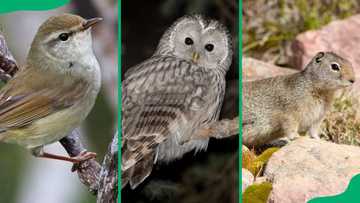Animals that start with I: The ultimate list with facts and pictures
Animals are an integral part of Earth’s ecosystem, playing essential roles in maintaining the balance of nature. From mammals to reptiles, birds, fish and amphibians, these animals serve as pollinators, predators, prey and nutrient recyclers. Get ready to unravel fascinating details about the animals that start with I.
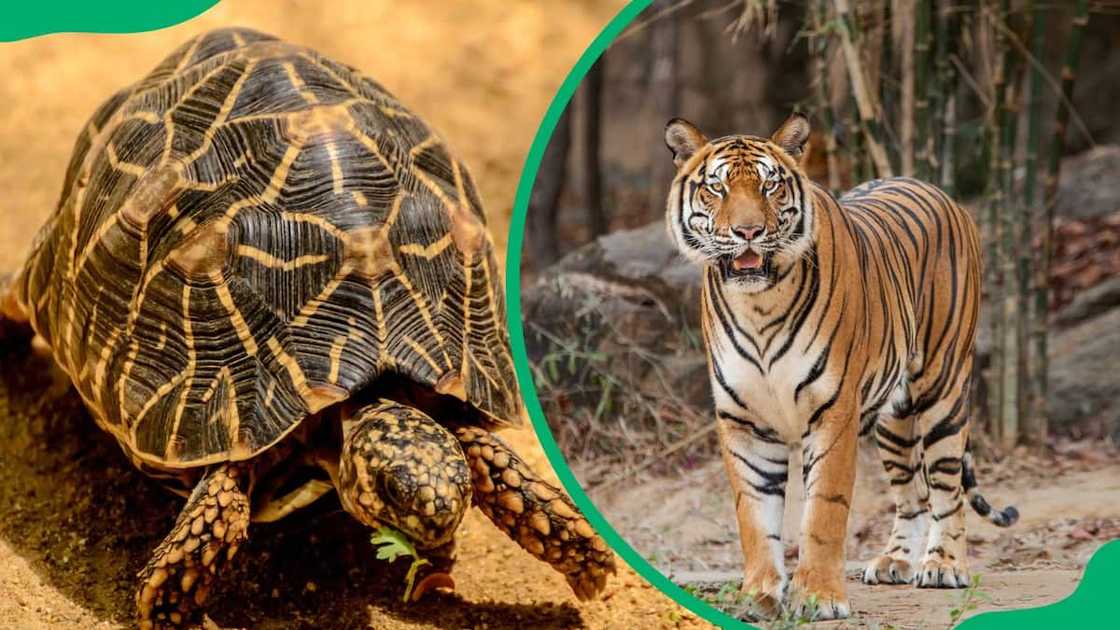
Source: UGC
TABLE OF CONTENTS
- List of animals that start with I
- 1. Iguana
- 2. Indian cobra
- 3. Ibex
- 4. Immortal jellyfish
- 5. Indian elephant
- 6. Impala
- 7. Ibis
- 8. Irish terrier
- 9. Imperial moth
- 10. Indian rhinoceros
- 11. Indochinese tiger
- 12. Iceland gull
- 13. Ibizan hound
- 14. Indian bullfrog
- 15. Italian wolf
- 16. Ivory-billed woodpecker
- 17. Indian star tortoise
- 18. Indian palm squirrel
- 19. Indian hare
- 20. Indian grey mongoose
- What animals begin with an I?
- What birds start with I?
Exploring animals that start with the letter I is a gateway to a deeper understanding and appreciation of the diverse life forms that share our planet.
It is an opportunity to learn about some of the most obscure species. Here is an enchanting exploration of the animal kingdom, explicitly targeting I animals.
List of animals that start with I
This I animal name list introduces a wide range of exotic creatures, each with its own unique charm and adventure. Data from Active Wild and AnimalWised significantly influenced the research.
No. | Animal |
1. | Iguana |
2. | Indian cobra |
3. | Ibex |
4. | Immortal jellyfish |
5. | Indian elephant |
6. | Impala |
7. | Ibis |
8. | Irish terrier |
9. | Imperial moth |
10. | Indian Rhinoceros |
11. | Indochinese tiger |
12. | Iceland gull |
13. | Ibizan hound |
14. | Indian bullfrog |
15. | Italian wolf |
16. | Ivory-billed woodpecker |
17. | Indian star tortoise |
18. | Indian palm squirrel |
19. | Indian hare |
20. | Indian grey mongoose |
1. Iguana
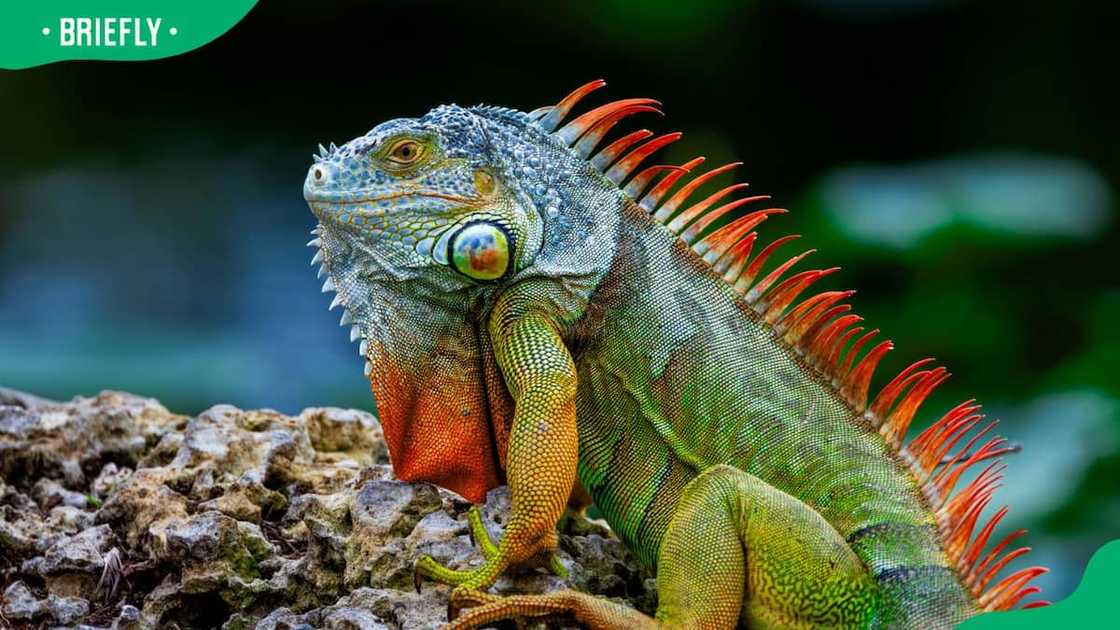
Source: UGC
- Kingdom: Animalia
- Phylum: Chordata
- Class: Reptilia
- Order: Squamata
- Family: Iguanidae
- Genus: Iguana
Native to tropical areas of South and Central America, Iguanas are herbivorous lizards that often blend into their surroundings. They can recognise colour, shapes, shadows and movement at long distances.
2. Indian cobra
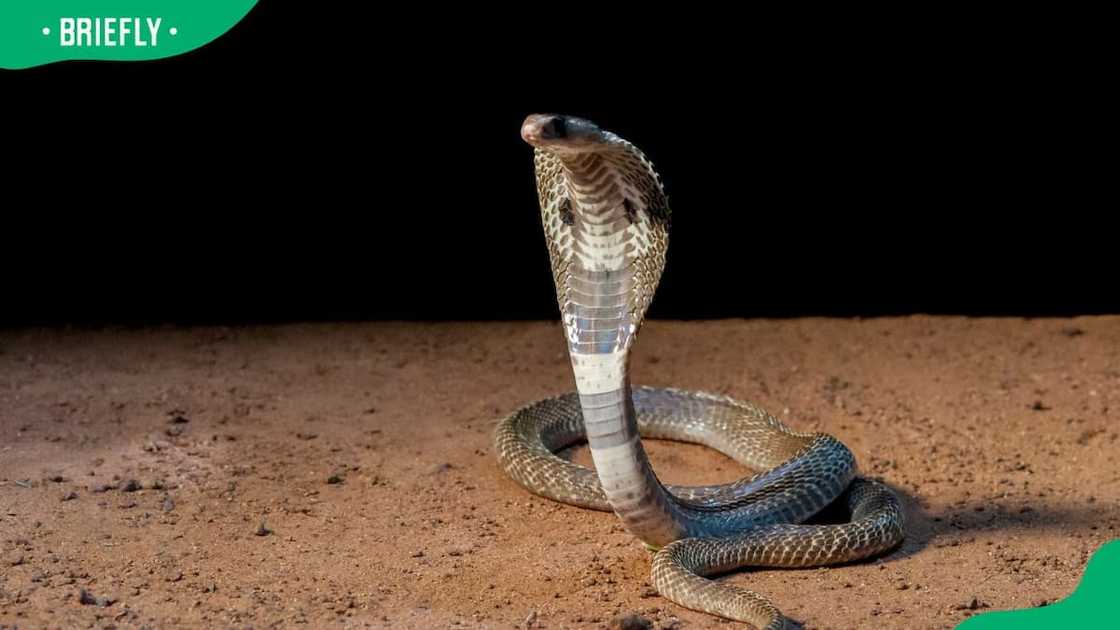
Source: UGC
- Kingdom: Animalia
- Phylum: Chordata
- Class: Reptilia
- Order: Squamata
- Family: Elapidae
- Genus: Naja
The Indian cobra is a venomous snake that is a member of the big four species responsible for the most snakebite cases in India. Its venom contains a potent post-synaptic neurotoxin that leads to respiratory failure or cardiac arrest.
3. Ibex
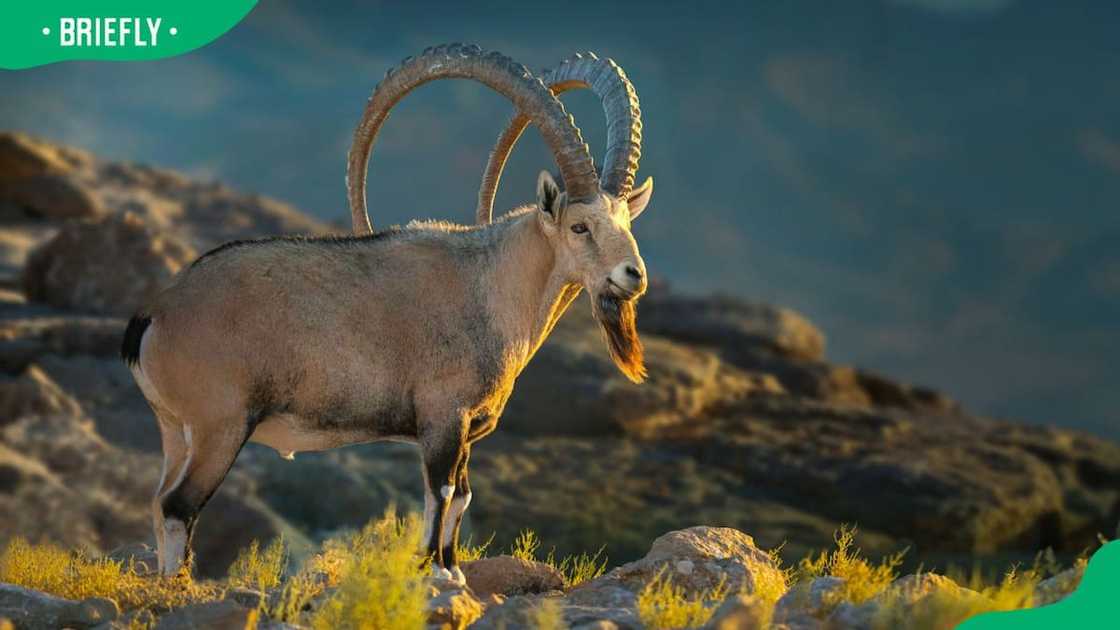
Source: UGC
- Kingdom: Animalia
- Phylum: Chordata
- Class: Mammalia
- Order: Artiodactyla
- Family: Bovidae
- Genus: Capra
An Ibex bird is an example of a mammal that starts with I. Commonly found in North and East Africa, this animal is unique to the male’s large recurved horns. The species can live up to 20 years. In the 15th century, the ibex blood was highly sought-after as a remedy for kidney stones.
4. Immortal jellyfish
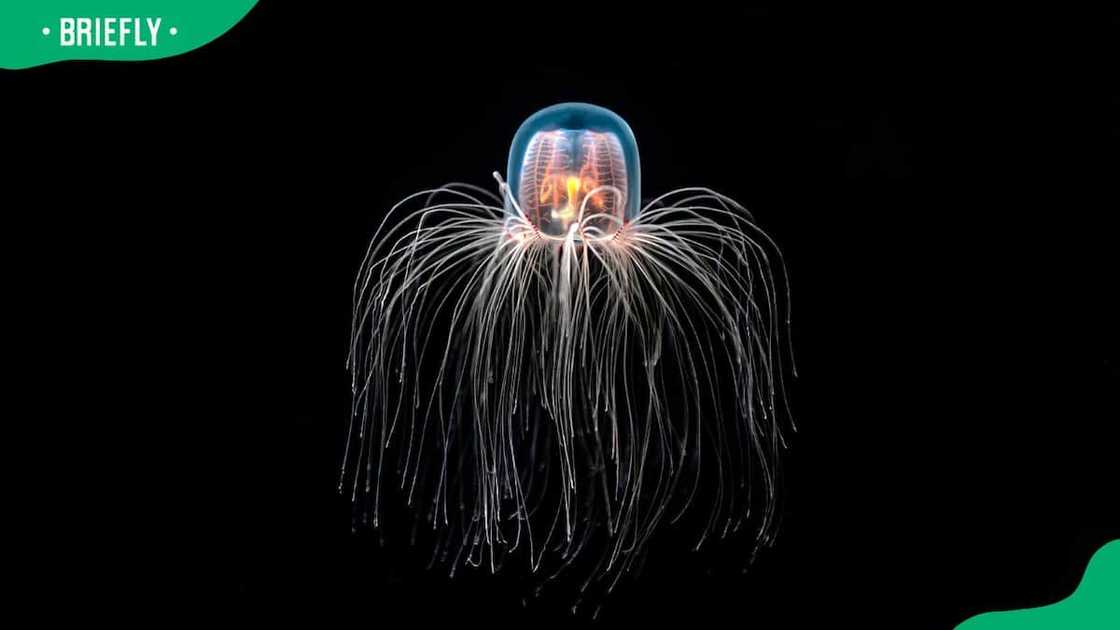
Source: UGC
- Kingdom: Animalia
- Phylum: Cnidaria
- Class: Hydrozoa
- Order: Anthoathecata
- Family: Oceaniidae
- Genus: Turritopsis
The immortal jellyfish can revert to a sexually immature stage after having reached sexual maturity. This ability allows it to bypass death and become potentially biologically immortal. However, most jellyfish species have a relatively fixed lifespan that ranges from hours to months.
5. Indian elephant
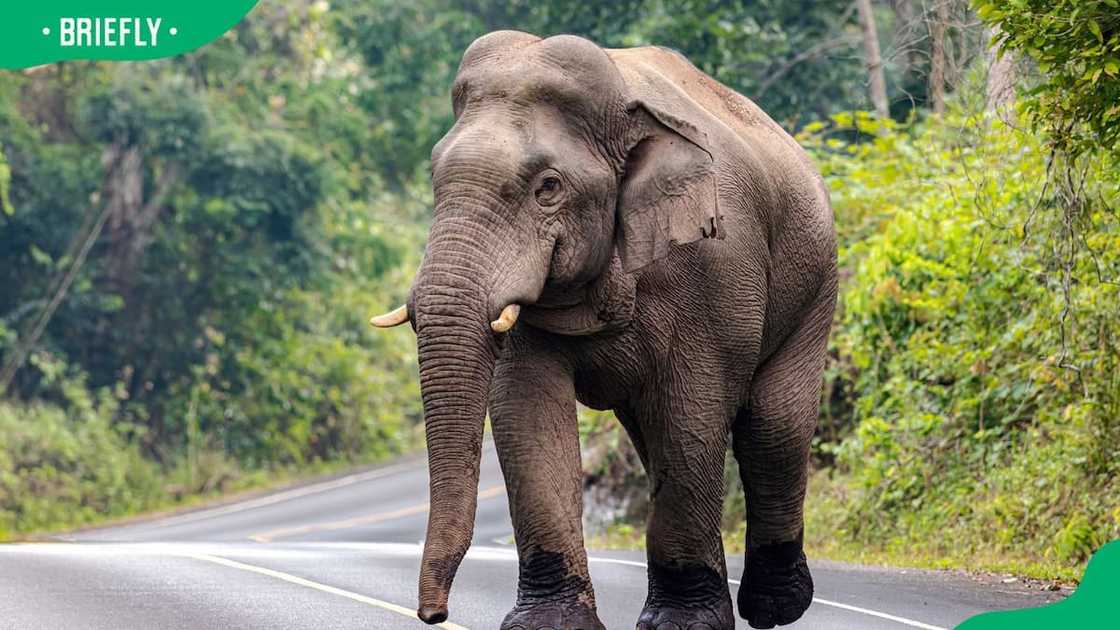
Source: UGC
- Kingdom: Animalia
- Phylum: Chordata
- Class: Mammalia
- Order: Proboscidea
- Family: Elephantidae
- Genus: Elephas
This elephant species is mainly found in Asia, with nearly three-fourths of its population in India. It is smaller as compared to the African elephant. Indian elephants live for 40-65 years, with some reported to have lived more than 75 years.
6. Impala
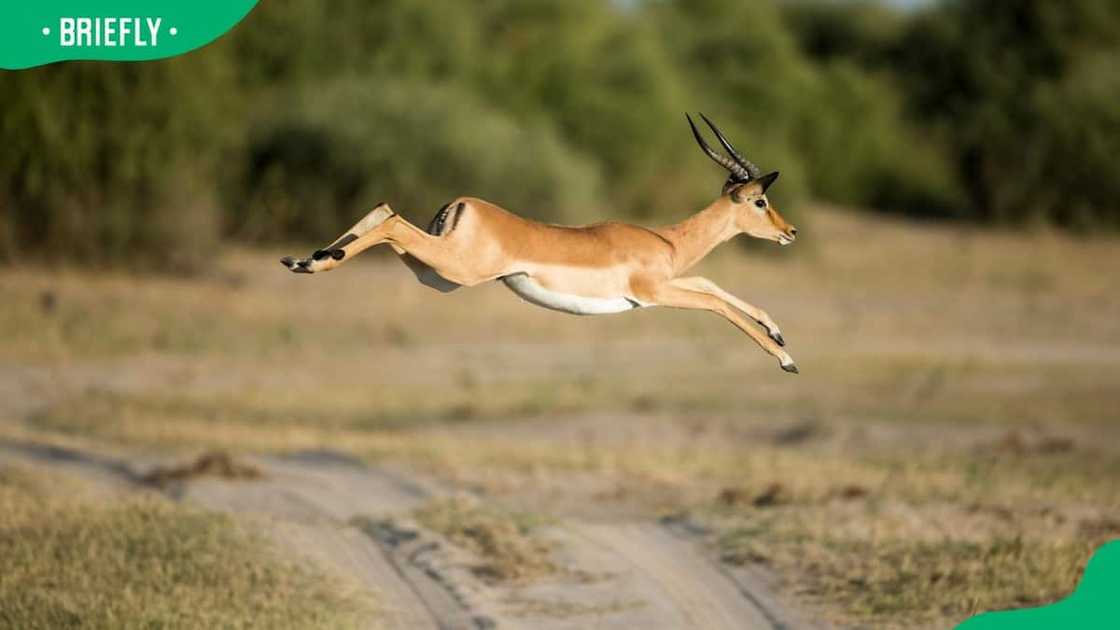
Source: UGC
- Kingdom: Animalia
- Phylum: Chordata
- Class: Mammalia
- Order: Artiodactyla
- Family: Bovidae
- Genus: Aepyceros
An impala is a middle-sized antelope occupying Eastern and Southern Africa's savanna and light woodlands. They exhibit an anti-predator strategy, being both browsers and grazers.
7. Ibis
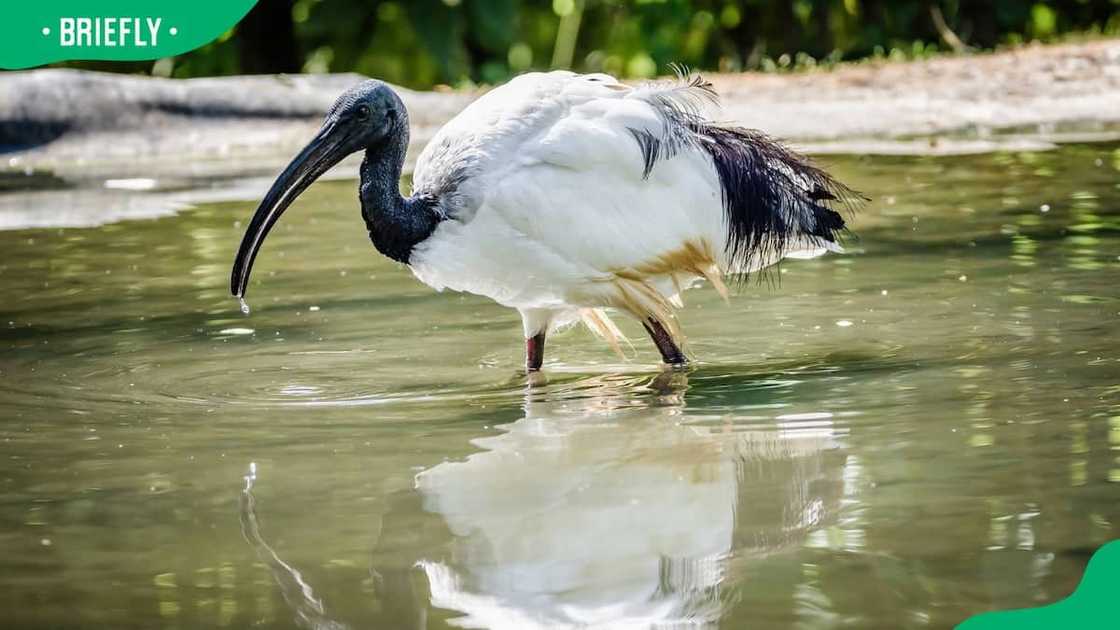
Source: UGC
- Kingdom: Animalia
- Phylum: Chordata
- Class: Aves
- Order: Pelecaniformes
- Family: Threskiornithidae
Are you wondering what bird name that starts with I? Well, this group of long-legged wading birds fit the category. Ibises are monogamous and highly territorial while feeding and nesting. There are four extinct species and 29 extant species of ibis.
8. Irish terrier
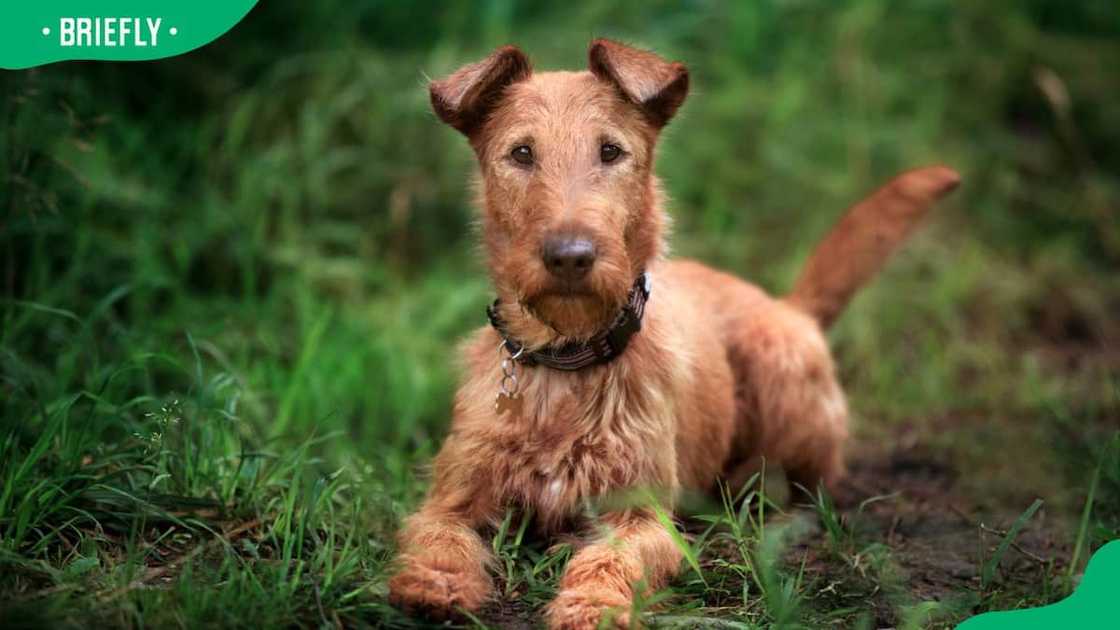
Source: UGC
- Kingdom: Animalia
- Phylum: Chordata
- Class: Mammalia
- Order: Carnivora
- Family: Canidae
- Genus: Canis
The Irish terrier is considered one of many breeds of terrier. With a life expectancy of around 13-14 years, this dog ranks the fourth most popular breed in Ireland and Britain. This compactly sized dog has a harsh red coat that protects it from harsh environmental temperatures.
9. Imperial moth
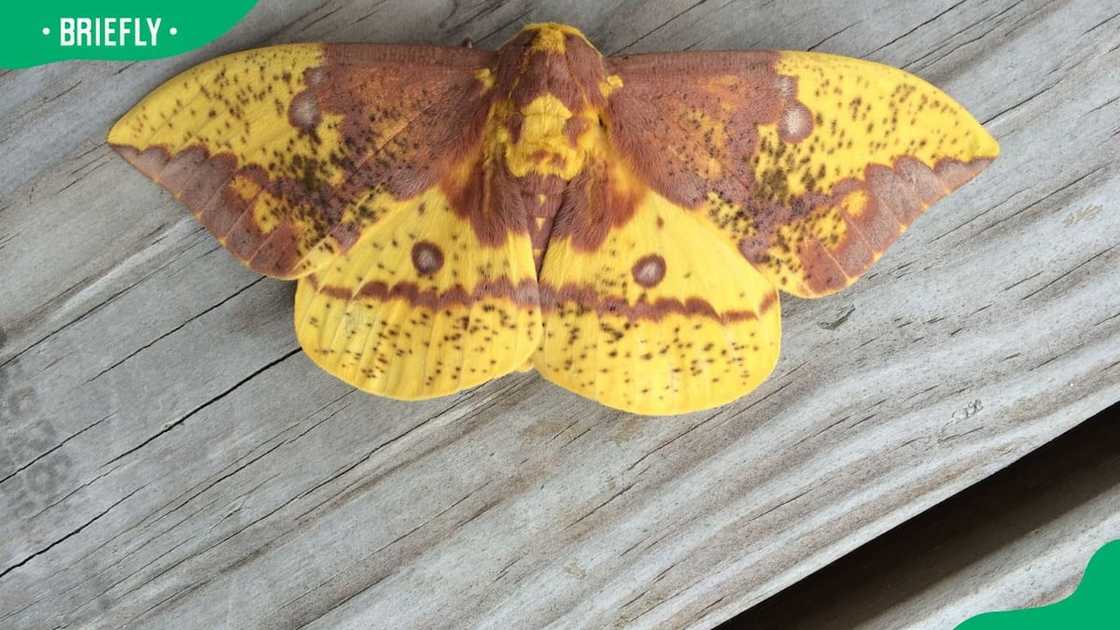
Source: UGC
- Kingdom: Animalia
- Phylum: Arthropoda
- Class: Insecta
- Order: Lepidoptera
- Family: Saturniidae
- Genus: Eacles
Imperial moths are mainly found in North America and East South America. They exhibit sexual dimorphism, with females generally possessing simple antennae throughout life. On the other hand, males are more heavily marked with blotches of brown, red and purple.
10. Indian rhinoceros
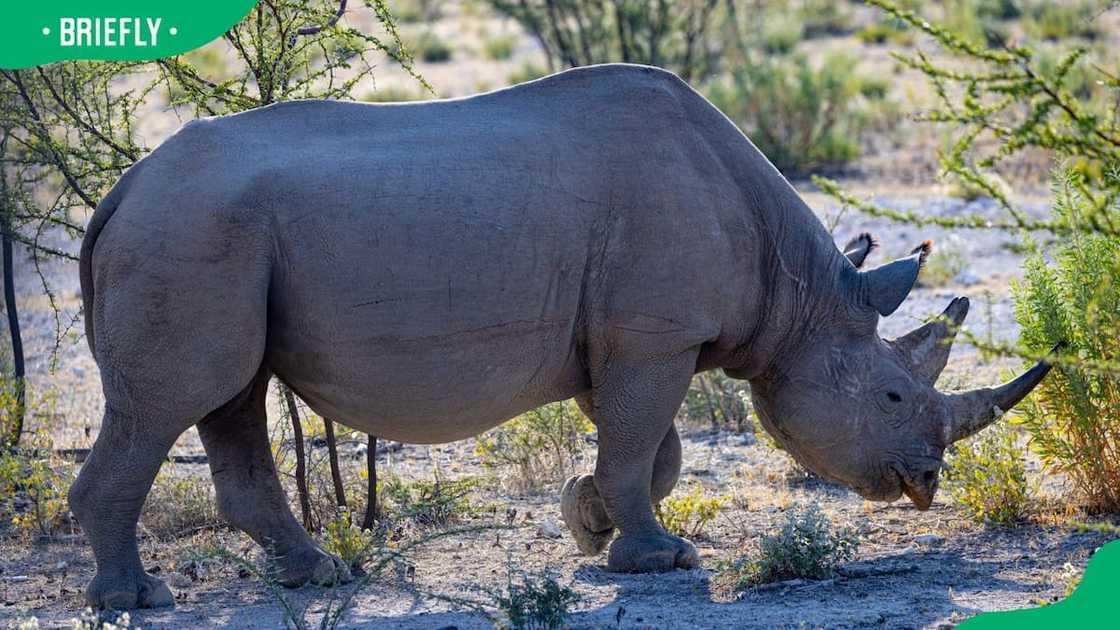
Source: UGC
- Kingdom: Animalia
- Phylum: Chordata
- Class: Mammalia
- Order: Perissodactyla
- Family: Rhinocerotidae
- Genus: Rhinoceros
Also known as the greater one-horned rhinoceros, this species is native to Asia. Indian rhinoceros are mainly solitary animals, only interacting during breeding season. The female’s gestation period is 15.7 months. Additionally, captive individuals can live up to 47 years.
11. Indochinese tiger
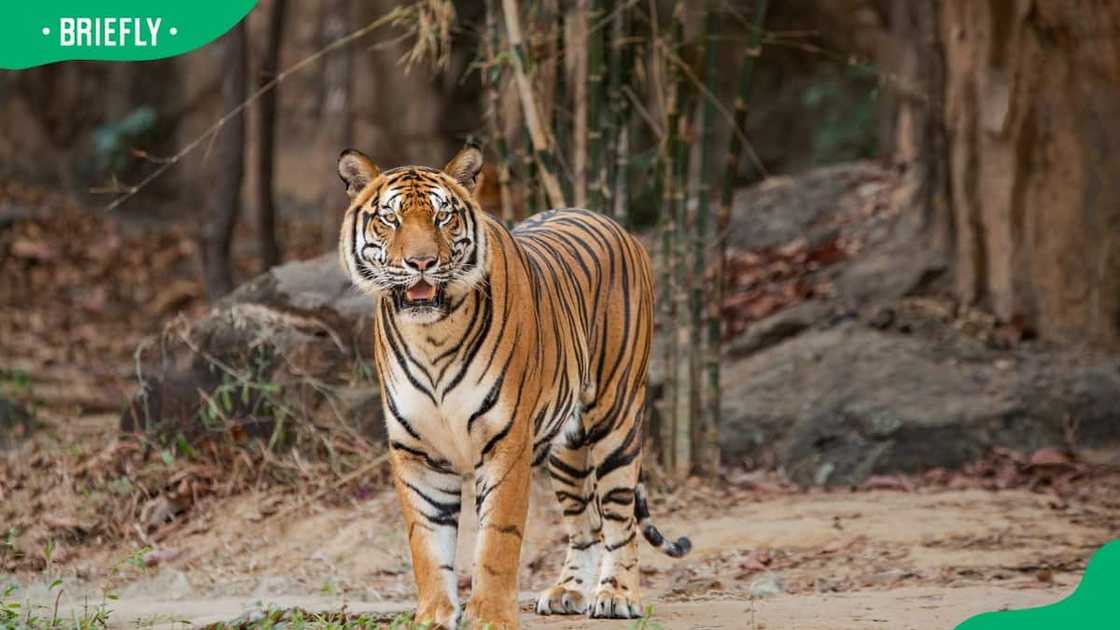
Source: UGC
- Kingdom: Animalia
- Phylum: Chordata
- Class: Mammalia
- Order: Carnivora
- Family: Felidae
- Genus: Panthera
These tigers live in the South-eastern part of Asia. They have a coat of gold or orange featuring a pattern of black stripes. Nonetheless, every Indochinese tiger has a pattern of stripes, so not all two tigers are the same. Despite the name, this species is now considered extinct in China.
12. Iceland gull
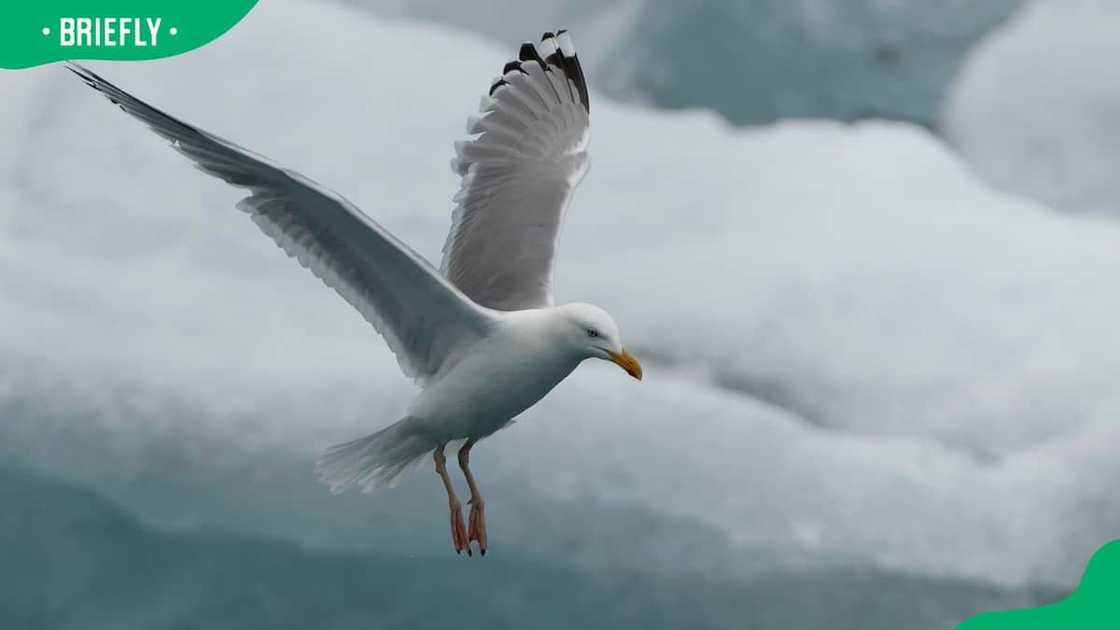
Source: UGC
- Kingdom: Animalia
- Phylum: Chordata
- Class: Aves
- Order: Charadriiformes
- Family: Laridae
- Genus: Larus
Contrary to its name, this bird does not breed in Iceland. It only breeds in the Arctic regions of Canada and Greenland. Due to their scavenging habits, Iceland gulls frequent garbage dumps, sewage outlets and fish-cleaning environments.
13. Ibizan hound
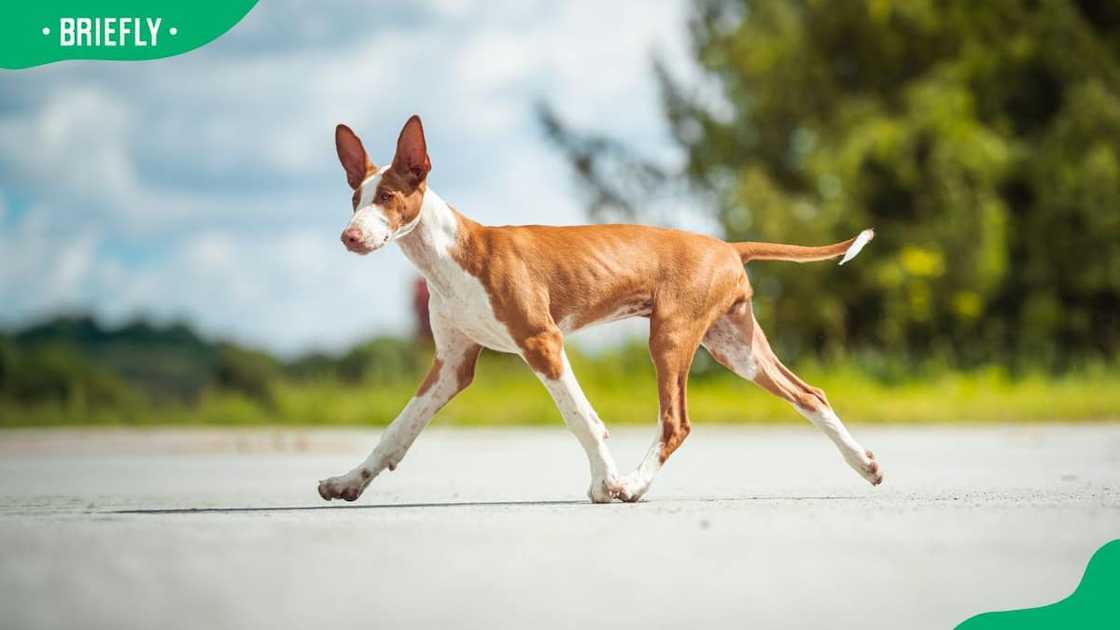
Source: UGC
- Kingdom: Animalia
- Phylum: Chordata
- Class: Carnivora
- Order: Canidae
These hound dogs are commonly found in Europe. They originated from the Balearic Islands and were used for hunting rabbits. Their coats are red with white and a light tan on their ears, eyes and nose.
14. Indian bullfrog
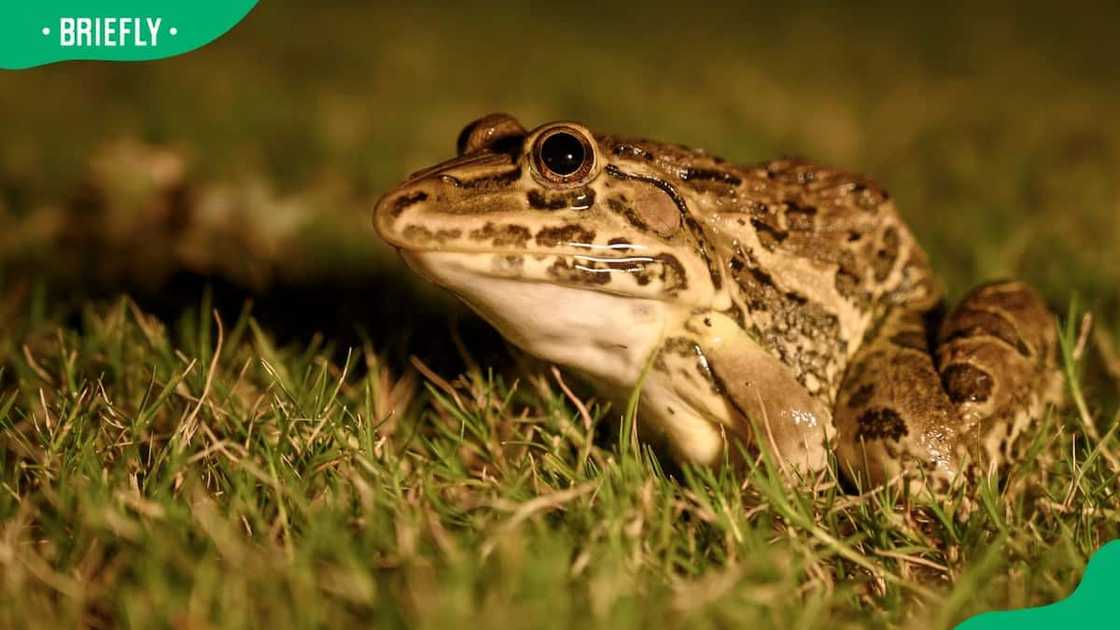
Source: UGC
- Kingdom: Animalia
- Phylum: Chordata
- Class: Amphibia
- Order: Anura
- Family: Dicroglissidae
- Genus: Hoplobatrachus
The Indian bullfrog is a large species of fork-tongued amphibian found in South and Southeast Asia. They possess a dull brownish-green or olive colour, which varies significantly among individual species.
15. Italian wolf
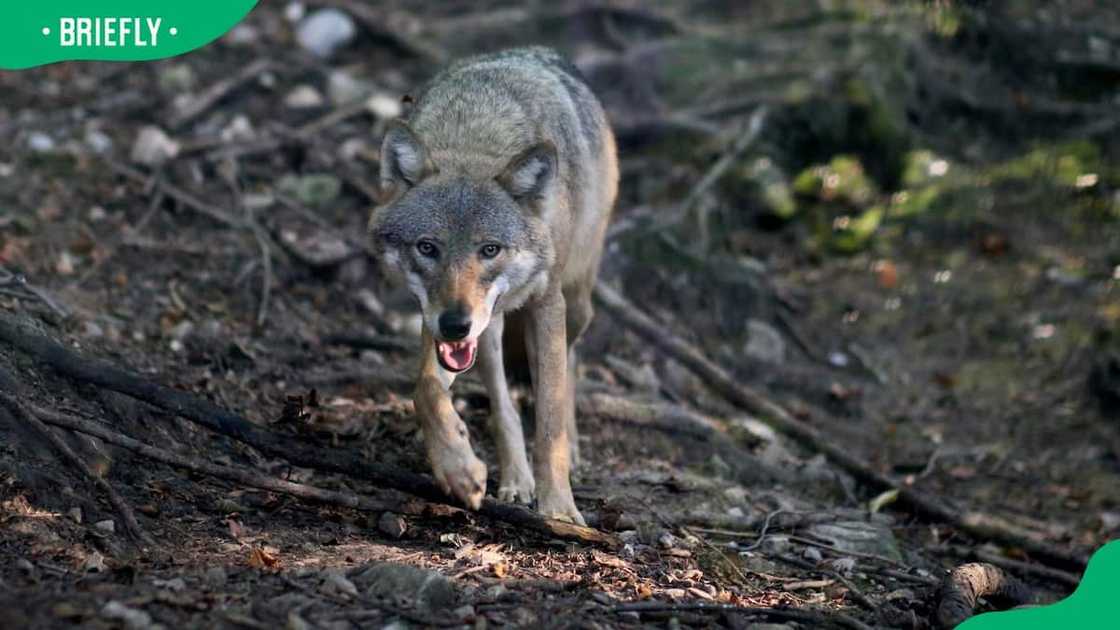
Source: Getty Images
- Kingdom: Animalia
- Phylum: Chordata
- Class: Mammalia
- Order: Carnivora
- Family: Canidae
- Genus: Canis
The Italian wolf inhabits the Western Alps and the Apennine Mountains. Even though it is not universally recognised as a distinct subspecies, this wolf possesses a unique mtDNA haplotype and a distinct skull morphology.
16. Ivory-billed woodpecker
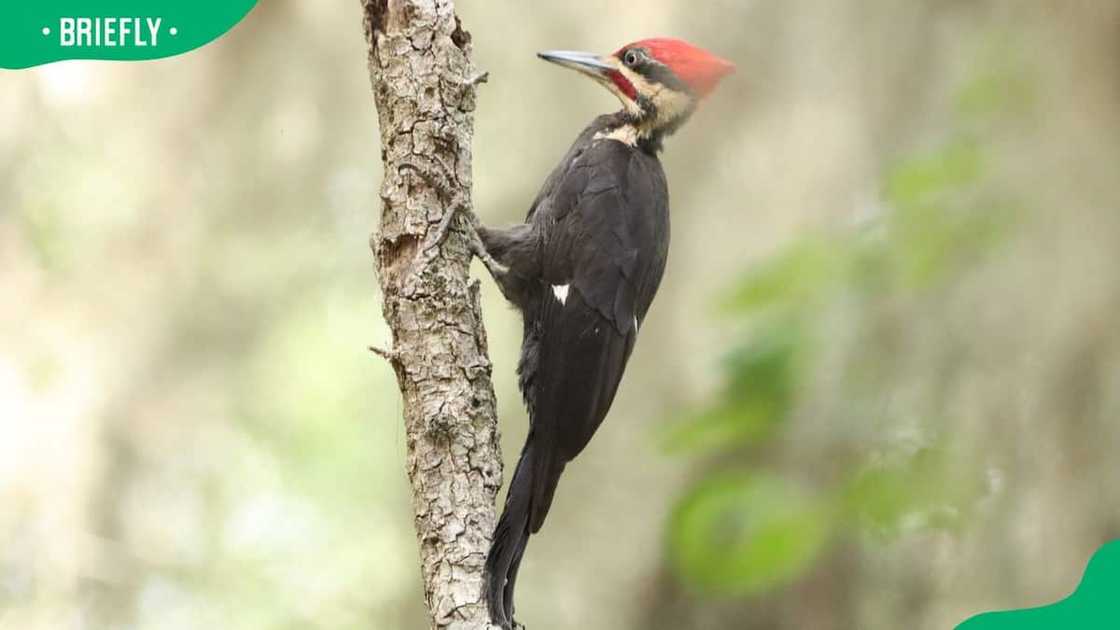
Source: UGC
- Kingdom: Animalia
- Phylum: Chordata
- Class: Aves
- Order: Piciformes
- Family: Picidae
- Genus: Campephilus
This bird is found in extensive forests with dying trees swept away by natural disasters like hurricanes, fires and floods. They have large ivory-coloured bills, curved black claws and a prominent crest behind their head.
17. Indian star tortoise
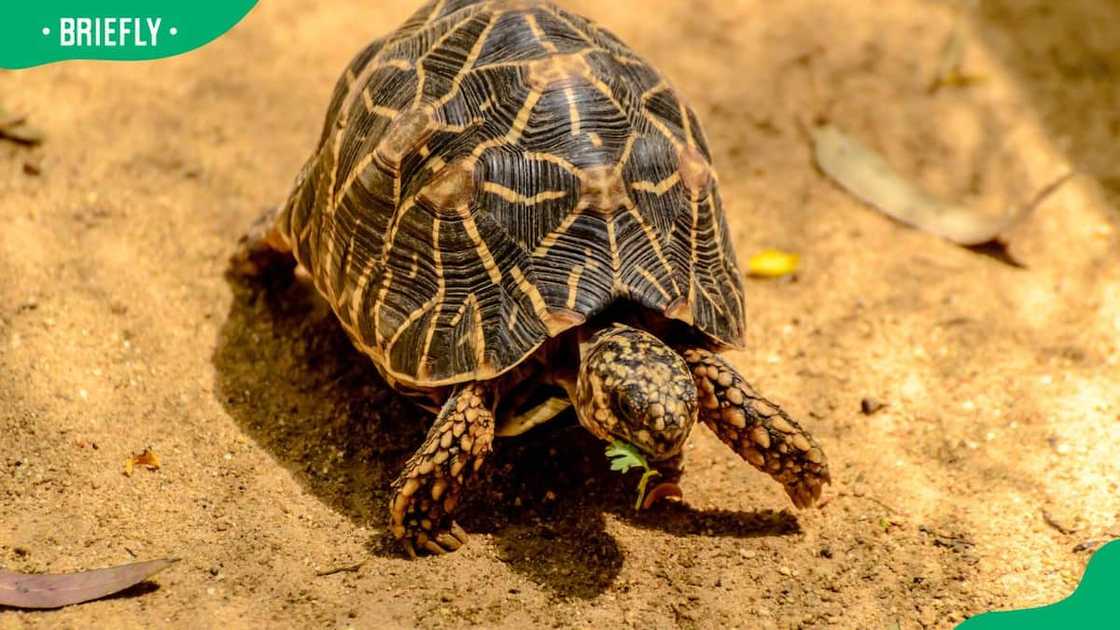
Source: UGC
- Kingdom: Animalia
- Phylum: Chordata
- Class: Reptilia
- Order: Testudines
- Family: Testudinidae
- Genus: Geochelone
The Indian star tortoise is one of the most beautiful tortoises in shrublands and grasslands in Pakistan, India and Sri Lanka. Each dorsal shield on these animals has a yellowish centre with tan lines to create a distinctive star pattern.
18. Indian palm squirrel
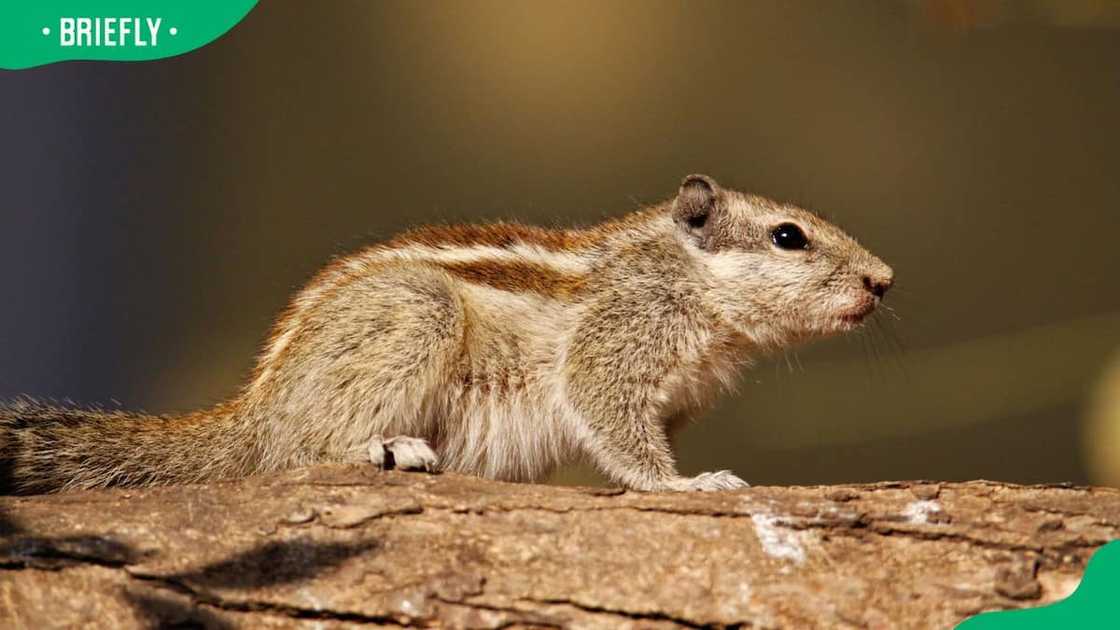
Source: UGC
- Kingdom: Animalia
- Phylum: Chordata
- Class: Mammalia
- Order: Rodentia
- Family: Sciuridae
- Genus: Funambulus
The Indian palm squirrel is a rodent species found naturally in India. Also referred to as the three-striped palm squirrel, it has triangular-shaped ears with large eyes that give it a 360-degree vision.
19. Indian hare
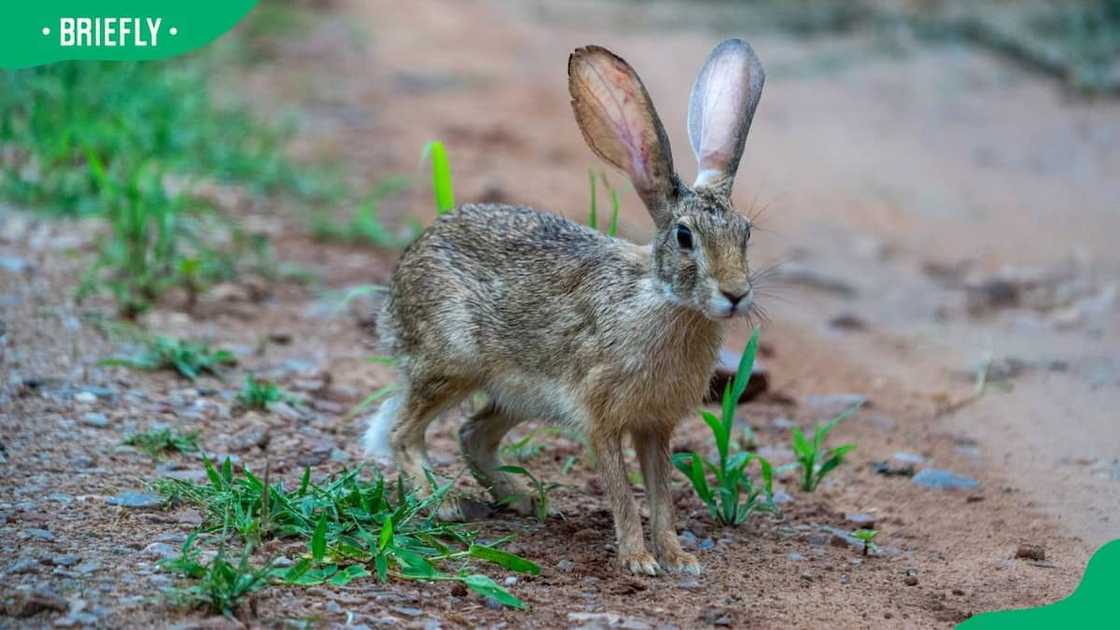
Source: UGC
- Kingdom: Animalia
- Phylum: Chordata
- Class: Mammalia
- Order: Lagomorpha
- Family: Leporidae
- Genus: Lepus
The Indian hare is native to Southern India and is commonly found in bushes and farmlands in tropical regions. They weigh between 1.35 to 7 kg and have a 40 to 70 cm height. Additionally, the Indian hare is solitary and a bit aggressive during the breeding season.
20. Indian grey mongoose
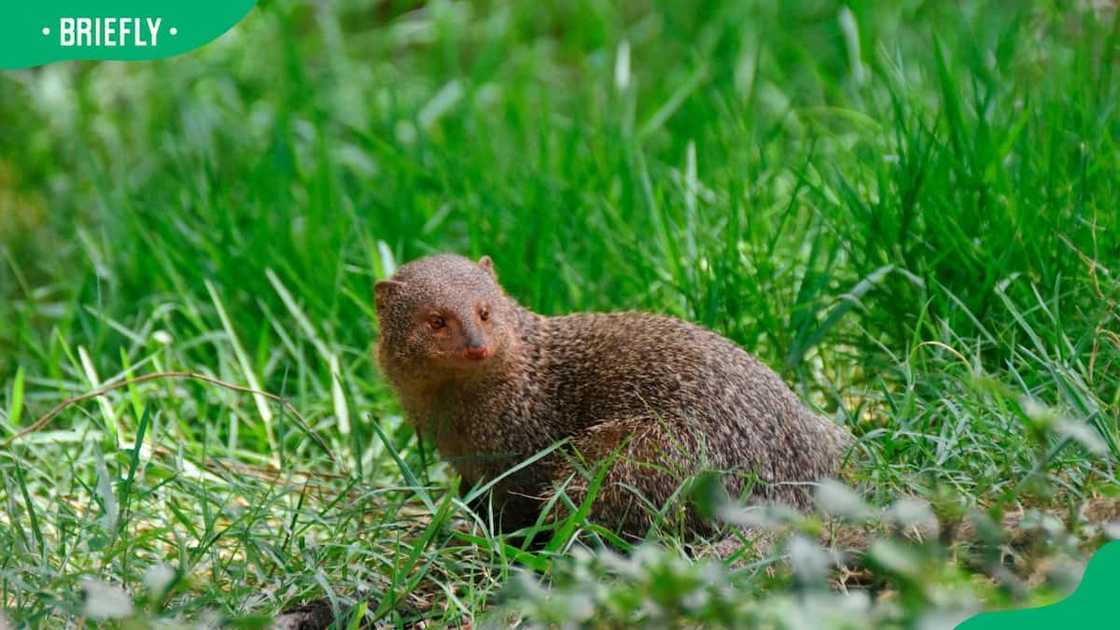
Source: UGC
- Kingdom: Animalia
- Phylum: Chordata
- Class: Mammalia
- Order: Carnivora
- Family: Herpestidae
- Genus: Urva
These animals in parts of the Middle East and South Asia have pointy faces, short legs and bushy tails with a coarse fur texture. They are solitary animals and go hunting during the day and night. The Indian grey mongoose is an opportunistic feeder that can feed on lizards, mice and snakes.
What animals begin with an I?
Endless animal names start with the letter I. The best examples include the iguana, Indian elephant, Ibis and Impala.
What birds start with I?
The Iberian grey shrike is a medium-sized bird that feeds on insects, small birds and rodents. Native to southern Europe, this animal prefers dry, open countries.
Above are some animals that start with I. Each has unique features and traits that help it adapt to its environment. In addition, some have a long lifespan while others are now threatened species.
READ ALSO: The most expensive cats in the world (breeds with prices)
Briefly.co.za published an article about the most expensive cats in the world. Many people take pride in owning some of the world's most special and expensive cats for various reasons that may be related to their behaviours or looks.
However, the prices of cats can vary widely based on factors such as breed, pedigree, rarity, and overall demand. Discover the most expensive cat breed in the world.
Source: Briefly News

